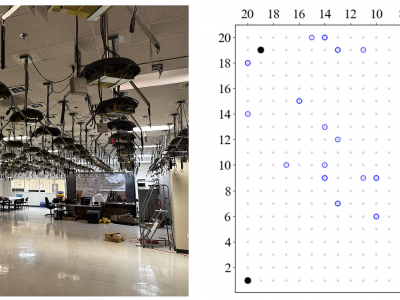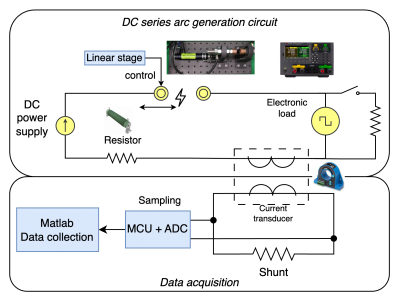Machine Learning

M. Kacmajor and J.D. Kelleher, "ExTra: Evaluation of Automatically Generated Source Code Using Execution Traces" (submitted to IEEE TSE)
- Categories:
 27 Views
27 Views
M. Kacmajor and J.D. Kelleher, "ExTra: Evaluation of Automatically Generated Source Code Using Execution Traces" (submitted to IEEE TSE)
- Categories:
 49 Views
49 ViewsTo provide machine learning and data science experts with a more robust dataset for model training, the well-known Palmer Penguins dataset has been expanded from its original 344 rows to 100,000 rows. This substantial increase was achieved using an adversarial random forest technique, effectively generating additional synthetic data while maintaining key patterns and features. The method achieved an impressive accuracy of 88%, ensuring the expanded dataset remains realistic and suitable for classification tasks.
- Categories:
 390 Views
390 ViewsMobRFFI is a WiFi device fingerprinting and re-identification dataset collected in the Orbit testbed facility in July and April 2024. The dataset contains raw IQ samples of WiFi transmissions captured at 25 Msps on channel 11 (2462 MHz) in the 2.4 GHz band, using Ettus Research N210r4 USRPs as receivers and a set of WiFi nodes equipped with Atheros AR5212 chipsets as transmitters. The data collection spans two days (July 19 and August 8, 2024) and includes 12,068 capture files totaling 5.7 TB of data.
- Categories:
 182 Views
182 ViewsThis dataset is collected to investigate detection algorithms for DC series arc faults on resource constrained devices. The data is current signal collected from test-bench build to simulate arc fault under various conditions according to the standard UL1699B. Different condition includes the power mode regulated by the elctronic load in the system for the simulation of different system dynamics under topology series and parallel.
- Categories:
 97 Views
97 ViewsJamming devices present a significant threat by disrupting signals from the global navigation satellite system (GNSS), compromising the robustness of accurate positioning. The detection of anomalies within frequency snapshots is crucial to counteract these interferences effectively. A critical preliminary measure involves the reliable classification of interferences and characterization and localization of jamming devices.
- Categories:
 262 Views
262 Views
This dataset offers both Channel State Information (CSI) and Beamforming Feedback Information (BFI) data for human activity classification, featuring 20 distinct activities performed by three subjects across three environments. Collected in both line-of-sight (LoS) and non-line-of-sight (NLoS) scenarios, this dataset enables researchers to explore the complementary roles of CSI and BFI in activity recognition and environmental characterization.
- Categories:
 387 Views
387 Views
This dataset enables advanced Wi-Fi sensing applications, including multi-subject monitoring for home surveillance, remote healthcare, and entertainment. It focuses on Beamforming Feedback Information (BFI) as a proxy for Channel State Information (CSI), eliminating the need for firmware modifications and enabling single-capture data collection across multiple channels between an access point (AP) and stations (STAs).
- Categories:
 143 Views
143 Views
As various modalities of genomic data are accumulating, methods to integrate across multi-omics datasets are becoming important. Error-correcting output codes (ECOC) is an ensemble learning strategy for solving a multiclass problem thru a decoding process that aggregates the predictions of multiple classifiers. Thus, it lends itself naturally to aggregating predictions across multiple views as well. We applied the ECOC to multi-view learning to see if this strategy can enhance classifier performance as compared to traditional techniques.
- Categories:
 54 Views
54 ViewsJamming devices pose a significant threat by disrupting signals from the global navigation satellite system (GNSS), compromising the robustness of accurate positioning. Detecting anomalies in frequency snapshots is crucial to counteract these interferences effectively. The ability to adapt to diverse, unseen interference characteristics is essential for ensuring the reliability of GNSS in real-world applications. We recorded a dataset with our own sensor station at a German highway with two interference classes and one non-interference class.
- Categories:
 304 Views
304 Views

